Introduction
In the competitive realm of architectural rendering, the significance of client referrals cannot be overstated. As firms navigate an evolving landscape marked by increased hiring intentions and shifting client expectations, the ability to secure and leverage referrals emerges as a cornerstone of sustainable growth.
Satisfied clients serve not just as a testament to a firm’s capabilities but as influential advocates who can propel new business opportunities. This article delves into the multifaceted strategies that architectural firms can employ to cultivate client referrals, enhance their market presence, and ultimately drive success in an increasingly demanding industry.
From delivering exceptional service to harnessing the power of online testimonials, the insights presented here offer a roadmap for architects aiming to transform client satisfaction into a powerful referral engine.
The Significance of Client Referrals in Architectural Rendering
Architectural rendering customer referrals serve as a fundamental pillar of success, significantly enhancing both credibility and client acquisition efficiency. In a landscape where hiring intentions have soared from 52% to 84%, architectural companies must differentiate themselves amid stiff competition. The case study titled ‘Dramatic Increase in Hiring Plans’ underscores the challenges organizations face in attracting talent, highlighting the necessity for adaptability in hiring practices.
Content customers who endorse your services not only demonstrate trust but also serve as strong validators in shaping prospective buyers’ decisions. This is particularly relevant as recent data shows that 69.8% of firms are prioritizing design experience in new hires, underscoring an evolving market where proven success matters. Moreover, testimonials from customers about their experiences with J. Scott Smith Visual Designs reveal the exceptional professionalism and care that define our services, emphasizing our consistent quality and responsiveness in addressing customer needs.
For instance, one customer remarked, ‘The attention to detail and commitment to our vision made the entire process seamless and enjoyable.’ As we work closely with customers during the planning and execution of their renovation projects, their feedback plays a critical role in refining our interior renderings, ensuring alignment with their vision. Referrals, particularly architectural rendering customer referrals, have been demonstrated to result in higher conversion rates, as potential customers are more inclined to interact with companies that come recommended by trusted sources.
This principle extends to the necessity of cultivating a robust recommendation strategy, which is essential not only for sustainable growth but also for optimizing marketing expenditures. By utilizing architectural rendering customer referrals from previous customers, architectural companies can lower their marketing expenses while cultivating a reputation that draws in new business. Furthermore, tackling inefficient workflows and processes—significant contributors to burnout in the architecture sector—can further improve a firm’s capacity to utilize customer recommendations effectively, ultimately fostering growth in 2024 and beyond.
Step-by-Step Strategies to Generate Customer Referrals
- Deliver Outstanding Service: The foundation of generating recommendations rests in offering outstanding service that not only meets but surpasses customer expectations. Finishing tasks punctually, within budget, and to the highest quality standards promotes customer satisfaction. A satisfied client can generate up to nine architectural rendering customer referrals, demonstrating the profound effect of positive experiences on referral marketing. The significance of delivering clear and timely information in construction endeavors cannot be overstated; it saves time and money, allowing for smoother execution. Providing the right information early in the project is crucial, as it helps to avoid delays and additional costs. A case study titled ‘Customer Satisfaction and Referral Generation’ highlights that a single happy customer can lead to nine recommendations, emphasizing the significant impact of customer satisfaction on marketing.
Request for Recommendations: Proactively seeking recommendations from content clients is essential. Following project completion, reach out with a personalized message expressing gratitude and gently ask them to recommend your services to others. Research indicates that 82% of small business owners view architectural rendering customer referrals as their primary source of new business, making this step essential for generating referrals. Additionally, 78% of marketers view recommendations as the source of some of their most valuable leads, which highlights the significance of this strategy.
Leverage Networking Opportunities: Actively participating in industry events, workshops, and seminars allows you to forge connections with potential clients and fellow professionals. In-person relationships can yield substantial referral opportunities in the long run, as word-of-mouth recommendations are highly influential; 86% of B2B buyers affirm this factor in their purchasing decisions, as noted by Blanc & Otus.
Utilize Social Media: Platforms such as LinkedIn and Instagram serve as excellent venues for showcasing successful projects. Encourage customers to tag you in their posts or share their experiences with your services. This practice not only improves your visibility but also fosters a community of satisfied customers who can draw in new business. High-quality renderings, often resulting in architectural rendering customer referrals, serve as a glimpse into the future of your endeavors, assisting patrons in visualizing the final result and cultivating enthusiasm about the possible outcomes. These visualizations also underscore the importance of having accurate project specifications from the outset to ensure effective decision-making.
Create a Recommendation Program: Establishing a structured recommendation scheme can motivate customers to refer new business actively. Consider providing discounts on upcoming services or other incentives as gratitude for their recommendations, which can greatly expand your customer base. According to reports, recommendations are five times more likely to convert than leads generated through other marketing methods.
Follow Up with Past Customers: Keeping in touch with former customers through newsletters or updates about your work ensures you remain top-of-mind. Regular communication cultivates relationships that can lead to architectural rendering customer referrals when individuals encounter someone in need of architectural services.
Showcase Testimonials: Prominently displaying customer testimonials on your website and marketing materials can significantly influence potential patrons. Positive feedback from previous customers serves as a powerful endorsement, increasing the likelihood that new customers will choose your services based on the successful experiences of others. High-quality visual renderings not only clarify design intentions but also play a crucial role in decision-making, enhancing overall customer satisfaction.
Building Long-Term Relationships with Clients
Establishing long-term connections with customers in architecture relies on the principles of consistent communication and proactive engagement, especially through the lens of 3D architectural visualization. J. Scott Smith Visual Designs has been the trusted choice for architects, enhancing engagement by translating abstract concepts into clear, realistic representations. Our collaborative rendering process starts with initial communication, where we address client inquiries and collect details.
We hold an initial meeting to understand goals and specific rendering needs, tailoring our approach to each unique vision. Regular check-ins, even after completion, are essential to gauge satisfaction and promptly address any emerging concerns. Personalizing interactions—by recalling significant details such as customer preferences and milestones—further solidifies this relationship.
For instance, sending follow-up emails or holiday greetings can deepen connections. Rena Klein, FAIA and Partner at Charrette Venture Group, highlights that financial management includes accounting for initiatives in our organizations, as well as considering the overall perspective. This viewpoint highlights how effective financial management not only impacts project results but also improves interactions with customers.
In the aftermath of the pandemic, 66% of architectural businesses indicated a necessity to update financial planning, emphasizing its essential role in nurturing customer relationships. When customers feel appreciated and comprehended, they are more likely to provide architectural rendering customer referrals, creating a positive cycle of recommendations that can greatly boost your company’s expansion. Drawing parallels from the food and drink industry, where Day 1 retention rates are only 16.5%, it becomes evident that prioritizing customer engagement is crucial for improving retention.
Recent statistics indicate that firms that prioritize communication see improved retention rates and stronger networks for architectural rendering customer referrals. Adjusting to current trends in customer engagement is not only strategic but essential for fostering enduring relationships in the architectural landscape, particularly through the investment in quality 3D renderings that effectively capture and communicate your design intent. Those we serve have consistently praised our attention to detail and the clarity of our visualizations, which not only meet but often exceed their expectations.
Utilizing Online Reviews and Testimonials
Online reviews are a crucial component for generating architectural rendering customer referrals in the architectural sector, particularly for firms like J. Scott Smith Visual Designs. With research indicating that 52% of both online and offline purchases are influenced by Facebook reviews, as noted by Susie Marino in her Local Marketing role, it becomes imperative to encourage satisfied customers to share their positive experiences on platforms such as Google, Facebook, Yelp, or Houzz. Streamlining this process by providing direct links and clear instructions enhances customer participation.
Moreover, responding to all reviews—whether positive or negative—demonstrates a commitment to valuing customer feedback. Showcasing exceptional testimonials on your website and in marketing materials not only builds trust with potential customers but also reinforces your reputation in the marketplace. The impact of high-quality visual renderings cannot be understated; they serve as a window into the future of projects, facilitating informed decision-making and generating excitement among stakeholders.
A robust online presence greatly impacts a customer’s choice to utilize your services, ultimately resulting in an increase in architectural rendering customer referrals. Notably, blogs can help generate 67% more leads for businesses, highlighting the importance of maintaining active engagement. Additionally, a case study on architectural rendering customer referrals reveals that applicants sourced through these referrals tend to start their positions faster and remain longer, underscoring the long-term benefits of leveraging testimonials and referrals in the architectural industry.
As noted by industry experts, effectively utilizing positive testimonials is not only strategic but essential for enhancing customer acquisition and architectural rendering customer referrals in 2024. Our personalized service and innovative problem-solving approach further ensure that we build lasting partnerships with our clients, making their satisfaction our top priority.
Networking with Other Professionals
Networking with fellow professionals in the architectural sector—such as builders, interior designers, and real estate agents—can significantly enhance referral opportunities and bolster business growth. Recent statistics suggest that:
- 69.8% of companies prioritize design experience.
- 61% are seeking management skills, reflecting a growing emphasis on these competencies in the industry.
- Additionally, 34.9% of surveyed companies express a desire to hire for marketing and business development roles, underscoring the importance of building connections in this competitive landscape.
To cultivate valuable connections, architects should actively participate in industry conferences, engage with professional associations like AIA, AIAS, ALA, NOMA, and SARA, and take part in local networking events. Establishing mutually beneficial relationships through architectural rendering customer referrals and collaborative projects not only expands your client base but also strengthens your reputation as a well-connected professional.
A notable case study reveals that following the pandemic, 66% of architecture companies recognized the urgent need to modernize financial planning, highlighting that effective financial management and strategic partnerships are essential for data-driven decision-making.
Tools such as Monograph can assist firms in visualizing financial data, further facilitating collaboration. Furthermore, with job openings rates up in 12 states and quits rates up in 11 states, the employment landscape in the architectural industry is evolving, making it imperative for architects to adapt their networking strategies. Ultimately, fostering professional relationships enhances the overall quality of architectural projects and creates a robust network of trusted partners in the industry.
Conclusion
Client referrals represent a vital component of growth within the architectural rendering industry, serving as both a credibility enhancer and an efficient means of client acquisition. By delivering exceptional service, architects can significantly increase client satisfaction, leading to a ripple effect of referrals that can transform business outcomes. Proactive strategies, such as:
- Directly asking for referrals
- Leveraging networking opportunities
- Utilizing social media platforms
are essential in cultivating a robust referral network.
Moreover, building long-term relationships with clients through consistent communication fosters trust and loyalty, which are crucial for generating ongoing referrals. Engaging clients with personalized interactions and follow-ups demonstrates a commitment to their needs, ultimately enhancing their likelihood of recommending services. The strategic use of online reviews and testimonials further solidifies a firm’s reputation, while networking with other professionals creates additional avenues for referrals.
As the architectural landscape continues to evolve, embracing these multifaceted strategies will not only optimize marketing expenditures but also position firms for sustainable growth. By prioritizing client satisfaction and engagement, architectural firms can establish a powerful referral engine that drives success in an increasingly competitive market.

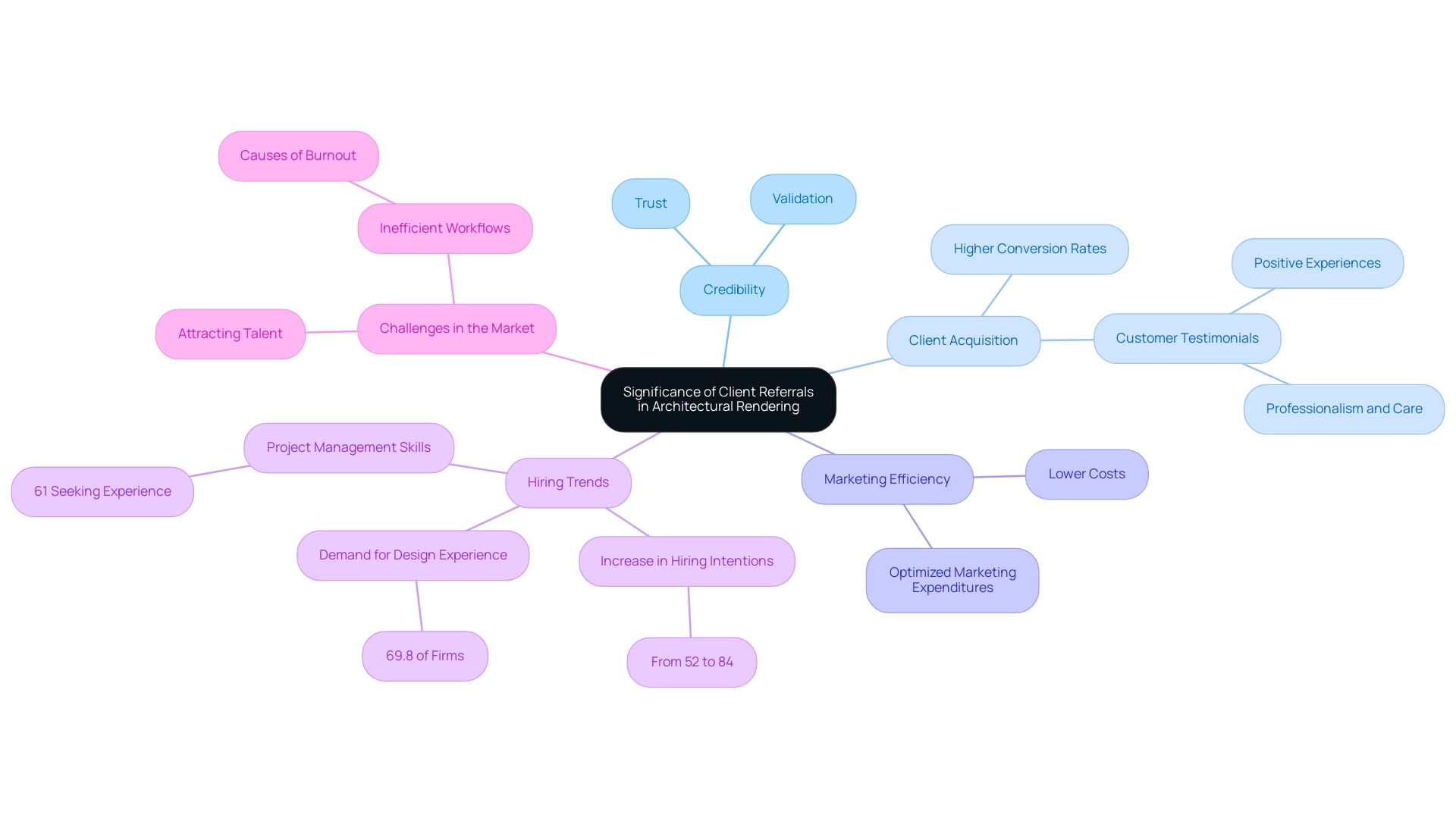
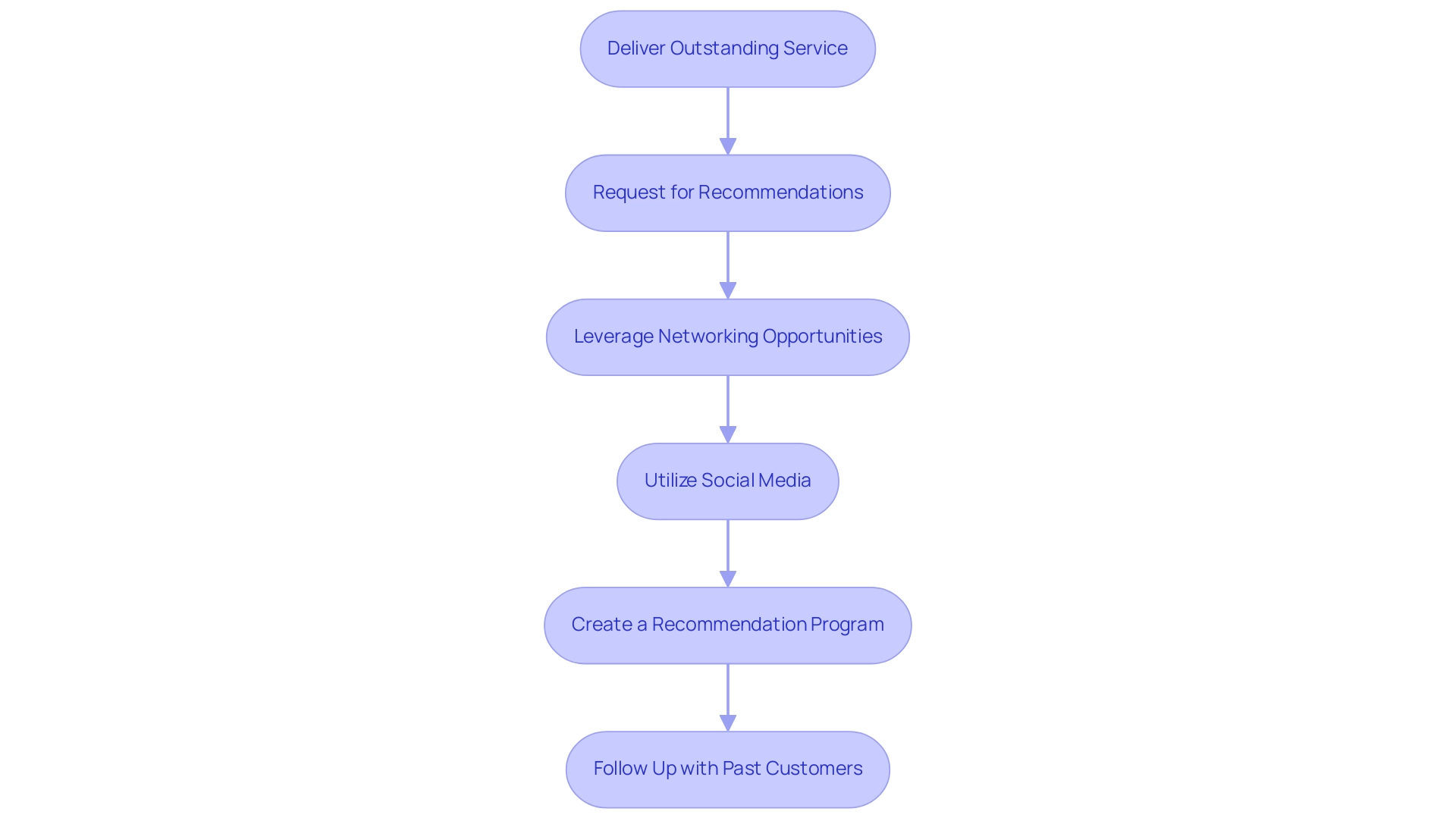
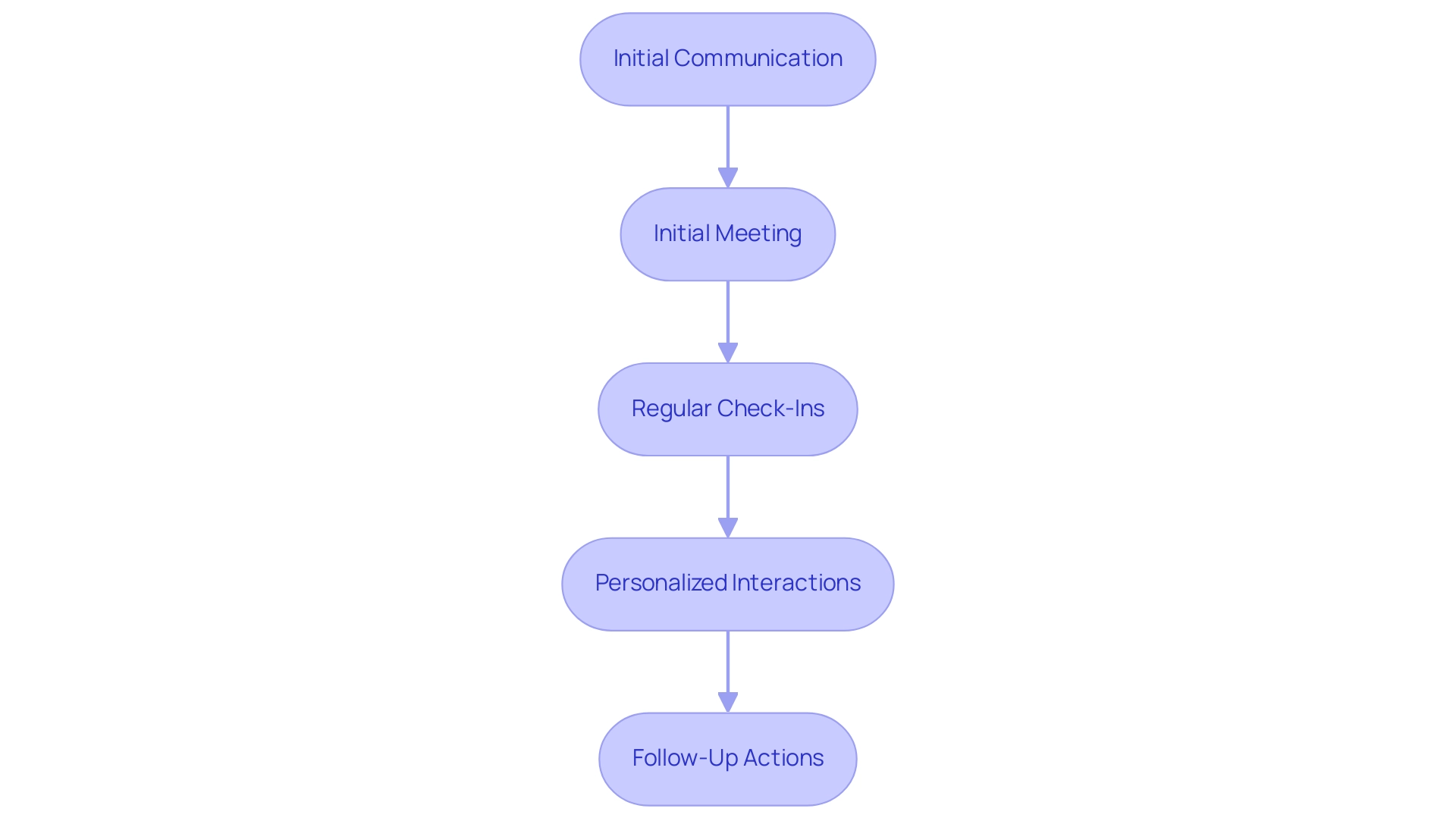
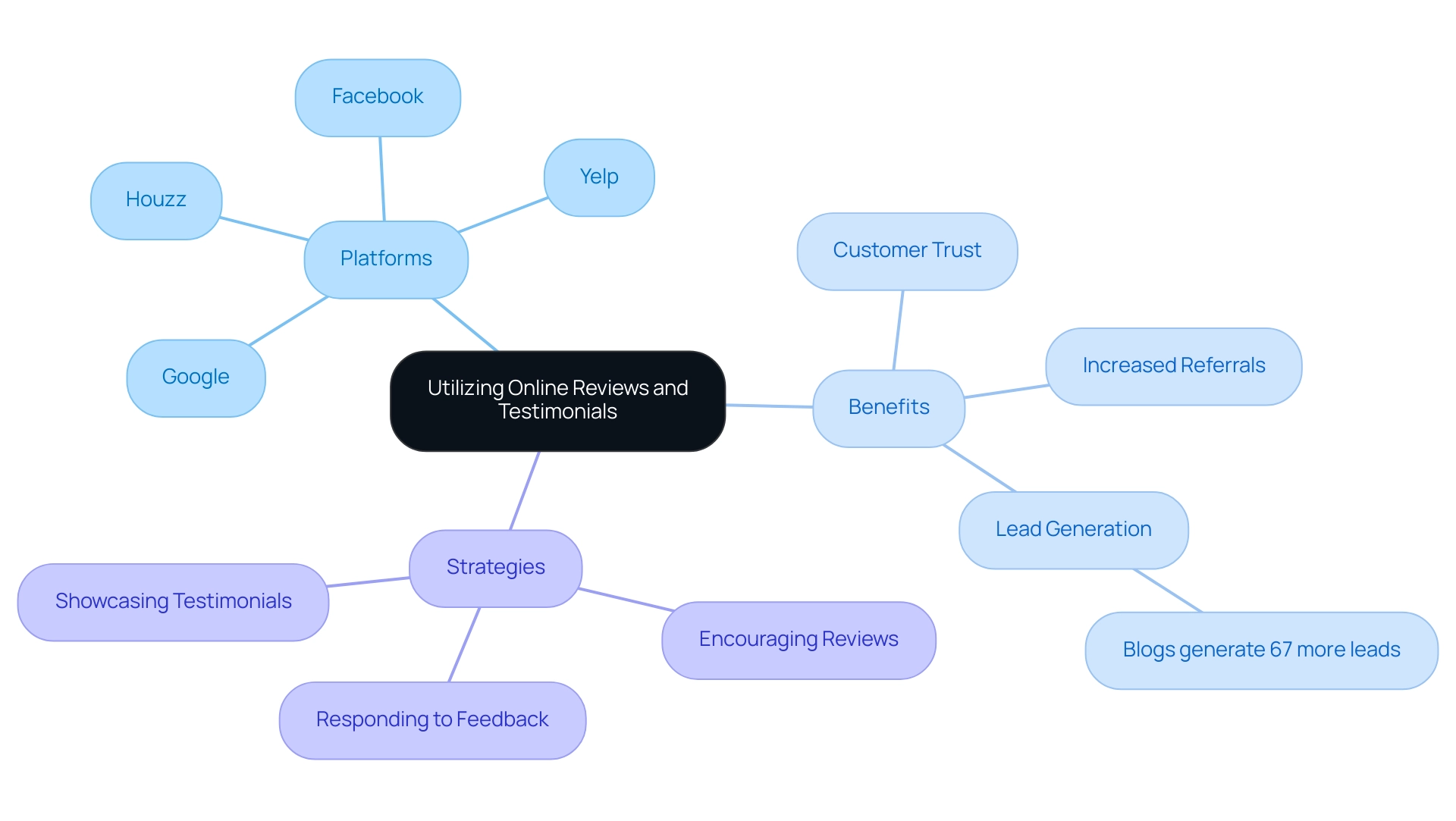
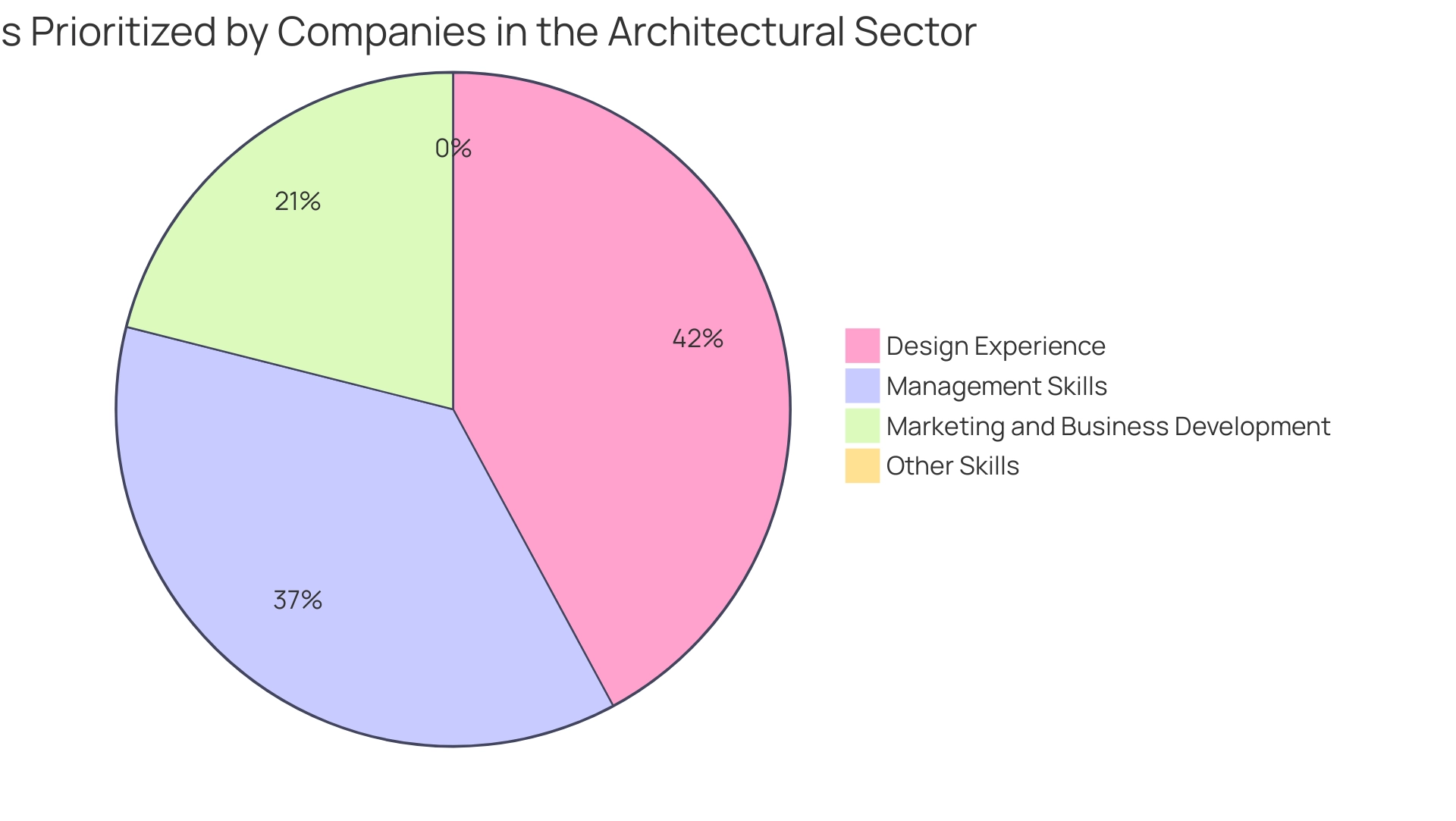
0 Comments